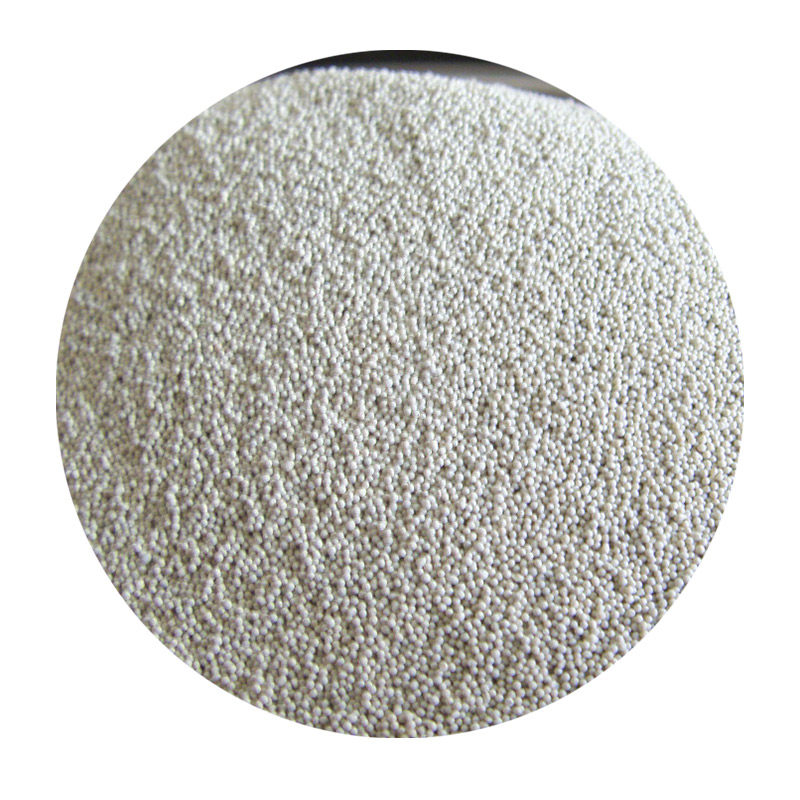How to Sand Small 3D Prints A Comprehensive Guide
3D printing has revolutionized the way we create and design objects, but one of the challenges that often comes with this innovative technology is achieving a smooth finish on your prints. Many hobbyists and professionals alike find that their small 3D prints can come out with visible layer lines or rough textures. Sanding is one of the most effective methods to enhance the aesthetic quality of your prints. In this article, we will explore the best techniques and tips for sanding small 3D prints to achieve a smooth and polished final product.
Understanding the Basics of 3D Printing Materials
Before diving into the sanding process, it is crucial to understand the type of material your print is made from. The most common 3D printing filament is PLA (Polylactic Acid), which is biodegradable and easy to work with. However, ABS (Acrylonitrile Butadiene Styrene) and PETG (Polyethylene Terephthalate Glycol) are also popular choices among 3D printing enthusiasts. Each material behaves differently when sanded, so knowing the characteristics of the filament you are working with will inform your sanding technique.
Preparing Your Workspace
Sanding can create dust and debris, so it’s essential to prepare your workspace appropriately. Make sure to set up in a well-ventilated area or wear a mask to avoid inhaling particles. Additionally, gather your sanding tools, which may include various grits of sandpaper, sanding sponges, or even power sanders for larger prints.
Step-by-Step Sanding Process
1. Initial Assessment Begin by closely examining your print. Look for any rough spots, layer lines, or imperfections that require attention. If your print has significant defects, consider using a utility knife to trim away excess material carefully.
2. Starting with Coarse Grit For heavier sanding, start with a coarse grit sandpaper, typically around 80-120 grit. This will help you remove large imperfections and flatten out any bumps. Sand in a consistent, circular motion, applying even pressure to avoid gouging the surface.
how to sand small 3d prints

3. Moving to Finer Grits After the initial sanding, gradually progress to finer grits. Move to 220, then to 400 grit, and finally finish with 600 or higher grit for a smooth finish. Each transition should remove the scratches left by the previous grit, so take your time during each step.
4. Use Wet Sanding (Optional) For even better results, consider wet sanding your prints. Wet sanding involves using water or a lubricant to reduce dust and improve the finish. This method is particularly effective with PLA and can help give a glossy appearance to the surface.
5. Check Regularly During the sanding process, periodically check the surface by running your fingers over it. This will help you gauge progress and ensure you are achieving the desired smoothness.
6. Cleaning Up After finishing the sanding, clean your print with water or a damp cloth to remove any dust. This step is important, especially if you plan to paint or finish your print afterwards.
Post-Sanding Finishing Techniques
Once you have achieved your desired smoothness, you may want to consider additional finishing techniques. For instance, applying a primer can help to further hide any imperfections and prepare the surface for painting. If you’re looking for a glossy finish, epoxy resin can be applied to add durability and shine.
Conclusion
Sanding small 3D prints is a rewarding process that can dramatically improve the quality of your finished product. By understanding your material and following a step-by-step approach, you can achieve a professional-looking finish. Remember that patience is key; take your time through each sanding stage and don’t rush the process. Whether you are a hobbyist or a professional, mastering the art of sanding can elevate your 3D printing projects to new heights. With the right techniques, your small 3D prints can look polished and stunning, ready to impress!
Post time:Δεκ . 05, 2024 18:40
Next:Custom Sand Casting Solutions for Unique Design and High-Quality Metal Fabrication
